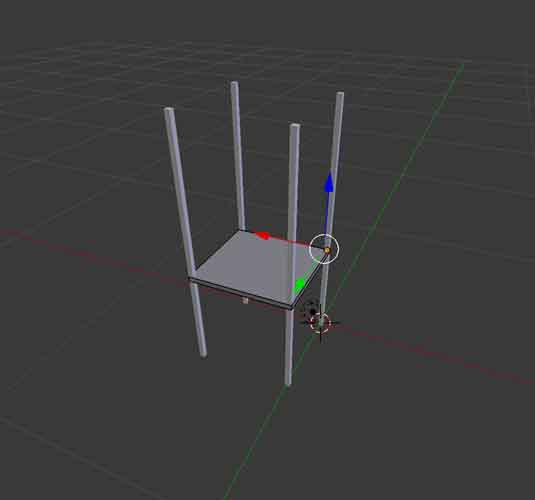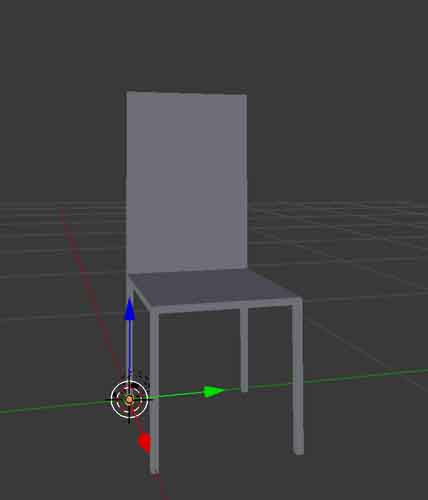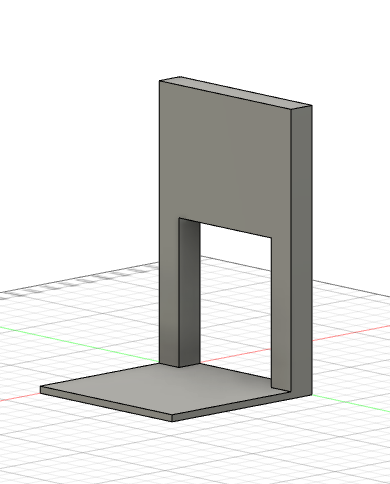SCROLL
finalProject 0000 0001 CAD 0010 cutting 0011 programmer 0100 3Dprinting 0101 elecDesign 0110 makeBig 0111 embedProg 1000 moldCast 1001 inputs 1010 outputs 1011 networks 1100 machine 1101 interface 1110 wildcard 1111 notesFinal Project Ideation
Assignments:
Plan and sketch a potential final project.
Model a possible final project using CAD.
Goals:
Do NOT be one of the people with the largest file sizes in the Git repository
(I ended up with the third largest file size...)
Idea Genesis
When my five younger siblings and I were growing up, my parents would sometimes bring us to museums. We hated it. There was nothing duller or more exhausting than following our parents aimlessly around the sterile, life-sucking labyrinths of old paintings. Inevitably, our feet would start to hurt. We would all keep our eyes peeled for benches or chairs to sit in and complain from. However, chairs were always hard to come by in these sparsely furnished chambers. If we did find one, chances are it was occupied by a museum staff member, but sometimes, the good lord would smile upon us and we would enter a new room and there would sit a thriving oasis in this dreary desert of artifacts— an empty chair.
We were not rescued yet. In fact, the real battle had just begun. There were six of us and only one chair. They say blood is thicker than water— chairs are thicker than both. The race to the respite would commence. Soon, a winner would be crowned with an unfurrowed brow and anointed with spiteful words from his siblings.
For my final project I would like to give these children an oasis in the dreary desert of artefacts, but one that is so much more nourishing than a simple chair. I want to give them a trick, a riddle, something that will snap them out of their lifeless daze and spark curiosity and a laugh. I want to give them a chair they, despite appearances, will be unable to sit in.
Project Proposal
This chair will present itself to the room as a willing aid in warding off the plight of weary feet. The chair will sense the location of said weary person as they approach. Once this unfortunate soul comes within a predetermined distance from the chair, the back of the chair will swiftly swivel around to face the approacher. If the approacher attempts to move to the new “front†of the chair, the back of the chair will swivel to follow her, making it altogether impossible to sit in this chair by ordinary means.
An extension of this project could be a second or even third chair, each with a pressure sensor in the seat. If two of these chairs are in a room both unoccupied, one may be sat in with no issue. However, once one chair is occupied, the second’s anti-seat function will be employed and it will forever abuse the weary until the first chair is evacuated.
I would imagine this turning into an unexpected, but welcome riddle the occupants of the room would be interesting in solving.
Sketch

CAD Modelling
I have very limited experience with 3D modelling. Ages ago, I drew this donut in Blender, using this Blender tutorial. Blender is a free 3D modelling software mainly used by artists.

I am deciding, mostly due to already having it downloaded on my Mac, that I will draw my chair in Blender. It has been so long since I used the software that I'll effectively be learning from scratch.
Here is my attempt in Blender:


I want to add an under-chair chamber in which the circuitry and motor will be housed.

At this point, I am realising that Blender is not great for parameterised designing. In order to parameterize many aspects of a drawing in Blender I would have to write a python script to add each functionality. That is not ideal. Changing software makes the most sense. EDIT: I have since updated to Blender 2.8 and measuring and adjusting dimensions is now much easier.
After consulting the list of available software on the course site, I decided to give Autodesk's Fusion360 a go.
Fusion360's UI is completely different to Blender's and I think I need to watch a few YouTube videos to figure out how to do the basics.
More time than expected has passed and I now have this:



I will continue to think about how the turning mechanism and sensor will work. When I have a better idea of that I'll create a higher fidelity model.